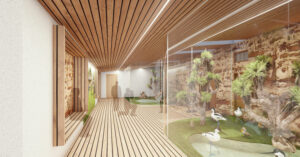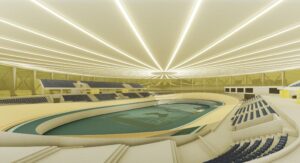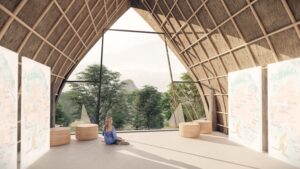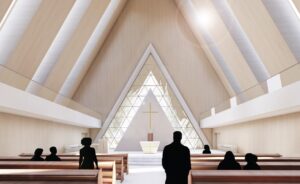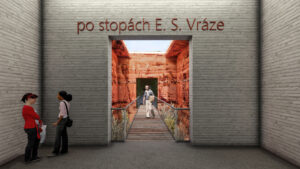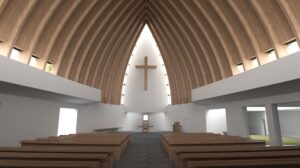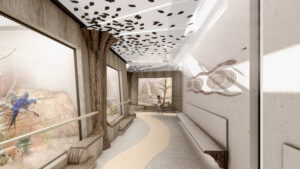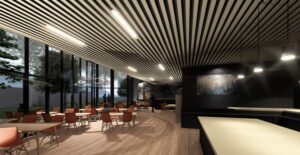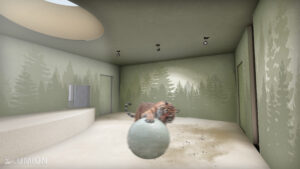Design Studio of Interior
The interior, or more precisely, architectural space, is a theme we encounter at every turn and moment. It is an integral part of our existence. Therefore, architectural space deserves appropriate attention, not only as a whole in terms of thematic focus but also in detail, which ultimately becomes the bearer of quality and character in the construction work. In this context, it is worth recalling the root of the word “architecture,” which relates to the concept of construction or building work, and similarly, the word architect originally means “builder.”
The dynamically changing present, oscillating between humanity’s effort to dominate the world, or “their space,” and the attempt to adapt to the “order of cosmic events,” creates a tension that good construction work, or architecture, either amplifies or excludes. This relates to the endless search for an optimal living environment, and it is very positive when we manage to perceive, understand, and actively develop this fundamental theme.
This topic, as well as the implied aspects, is part of the work with students in the field of architecture at the Faculty of Civil Engineering at Brno University of Technology, which is unexpectedly attracting an increasing number of applicants. Creating a living environment defined by a construction project is immensely inspiring and always requires a comprehensive, interdisciplinary approach. Primarily from the field of construction, and subsequently from other areas that may seem unrelated to construction. Essential and logical components of the field include disciplines that overlap with artistic creation, focusing on visual arts, design, restoration work, etc. Confrontation with real life and its seemingly less joyful aspects, such as the care for an appropriate environment for people with disabilities, is also inevitable. All of this is subordinated to the primary goal – the development of indispensable mental and spiritual aspects of real existence.
In the spectrum of gradually familiarizing students with the issues hidden under the term architecture, work with students in studios is carried out. Procedures focusing on the creative student are rigorously developed and updated. The basis of studio work is therefore the understanding and subsequent modeling and highlighting of the creative aspects of the student’s personality. This cannot be achieved without developing the ability to communicate with other areas of human activity and respect for other disciplines. Therefore, a close and direct connection between the field of architecture and the departments and specialists of other institutes of the Faculty of Civil Engineering is seen as exceptionally advantageous and inspiring.
Work in the school studio focused on architectural space – interior design is thus interconnected with many other fields that offer students not only the knowledge necessary for safe orientation in the field of construction but also direction and contacts in many other areas essential for the future architect’s professional work. Indispensable knowledge of the material foundations of the “craft” is then supplemented and amplified by topics and forms of artistic creation, which offer students a broader perspective, transforming everyday reality into the poetry of living.
As part of the system of gradually familiarizing students with the issues of creating architectural space – interior design, there are elective courses that expand the basic theme and profile of the education. These include the courses “Visual Communication” (which focuses on transforming real spatial perception into the architect’s creative work) and “Barrier-Free Buildings,” which addresses the creation of positively perceived (communicative) space or environment, where communication factors between humans and their “living environment” created by architectural work are intentionally optimized, both theoretically and practically. The course includes presentations from the fields of exhibition design, scenography, artistic-design studios, as well as excursions to facilities that purposefully help compensate for certain deficiencies in human perception of real life.
An integral part of the course profile is collaboration with prominent architects, designers, and artists, architectural offices and studios, but especially with the Department of Interior Design, Design, and Exhibition Design at the Faculty of Architecture STU in Bratislava and the Department of Interior Design and Furniture Design at STU in Zvolen.

